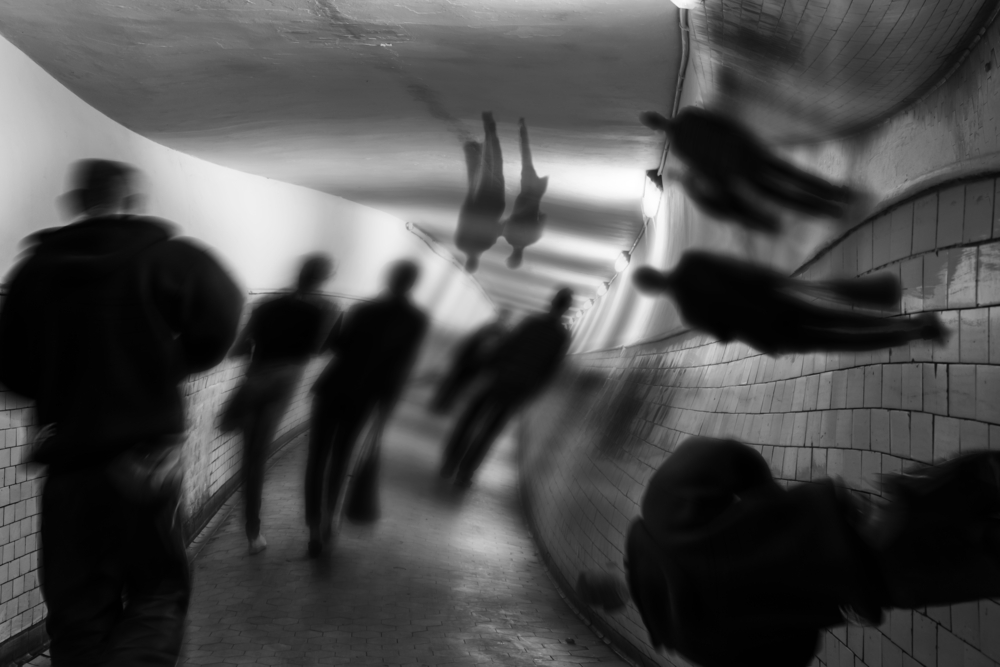


There are instances when individuals who abuse hallucinogenic drugs like MDMA (ecstasy), psilocybin (also called magic mushrooms), and LSD experience the effects several weeks, months, and even years after abusing the drug. These effects are commonly referred to as flashbacks and are prevalent in people suffering from HPPD (Hallucinogen Persisting Perception Disorder).
This article will discuss HPPD in detail. We will look at what HPPD is, its symptoms, causes, and treatment.
Simply put, HPPD refers to the visual disturbances that hallucinogenic drug users experience long after using the drugs. According to the National Institute on Drug Abuse, visual disturbances range from bright circles and size distortion to blurry patterns.
People suffering from HPPD only experience flashbacks. They do not re-experience any other feeling of being high on the drugs they consumed before.
HPPD flashbacks are annoying, especially if they happen frequently. Although the flashbacks aren’t necessarily full hallucinations, they may result in mental health problems like anxiety.
Scientists argue that HPPD hallucinations are pseudo hallucinations, and those who experience them can differentiate what is real from what isn’t.

People who experience flashbacks feel like they are reliving something they experienced in the past. Some flashbacks happen after drug use, while others happen after one undergoes a traumatic experience, i.e., post-traumatic stress disorder (PTSD).
Both people with HPPD and PTSD experience moments when their sensory information tells them they are experiencing moments they experienced in the past, even though they aren’t.
With PTSD, the flashbacks are more vivid. On the other hand, flashbacks of those with HPPD are not in-depth. HPPD victims only experience visual snows.
If you suffer from HPPD, you will be aware of the flashbacks but won’t experience the high that the drugs you used before gave you. Note that these flashbacks may become frequent over time and can overwhelm you.
The 2016 review revealed that there are two types of HPPD; type one and type 2. Those who suffer from type 1 HPPD only experience brief flashbacks, while those that suffer from type 2 HPPD experience more intense flashbacks.
If you suffer from unwanted hallucinations or cyclical behaviors, you are likely to experience any of the following visual disturbance symptoms of HPPD.
Currently, there is no scientific explanation of when these symptoms manifest. Therefore they can happen to you at any time.
People experiencing HPPD may also experience mental health issues, including anxiety, panic disorders whose common symptom is increased heart rate and heavy breathing, suicidal thoughts, and symptoms of depersonalization. Despite most people suffering from the disorder acknowledging that they experience these symptoms, the Diagnostic and Statistical Manual of Mental Disorders does not acknowledge them as possible symptoms. The diagnostic and statistical manual of mental disorders only acknowledges the visual disturbances symptoms we discussed above because it is still unclear whether HPPD directly causes mental health issues.
Scientists believe that individuals who consume hallucinogenic drugs recreationally are at a high risk of suffering from HPPD. However, they are yet to conclude on the frequency of drug use that causes HPPD.
A recent study revealed that HPPD is common in people who consume more than one dose of LSD. It is also prevalent in people who use other hallucinogens on one occasion or more.
Contrary to common belief, HPPD is not a result of mental disorders or brain damage. It is also not a result of a “bad trip.” This is caused by hallucinogenic drugs and is more often than not, one of the many effects of LSD abuse.
If you experience any of the symptoms we discussed above, you should visit your doctor. They will ask you several questions before giving you a full diagnosis.

After being diagnosed with Hallucinogen Persisting Perception Disorder, you need to learn how to manage and treat it. Currently, two drugs have proved to be effective in HPPD treatment: lamotrigine and clonazepam.
Lamotrigine is a mood-stabilizing medication that is effective in relieving individuals of HPPD symptoms. A case study showed that lamotrigine is effective in the treatment of HPPD. Unlike other medications like antipsychotics, it did not make any symptoms worse.
Like lamotrigine, clonazepam is effective in treating this disorder. It makes the symptoms less severe and more manageable.
To manage these symptoms, doctors also advise individuals to avoid stressful situations and illicit drugs. Additionally, doctors may give patients a few techniques to cope with the symptoms. For example, your doctor may advise you to use calming breathing exercises every time you have an episode. They may also prescribe rest and talk therapy.
Note that there is no single treatment for HPPD. You will undergo drug therapy. Drug therapy varies with individuals depending on the difference in visual disturbances symptoms.
Most times, drug therapy is successful, and individuals lead everyday lives after that.
Hallucinogen Persisting Perception Disorder is a serious condition. Anyone who uses hallucinogens can eventually develop this disease.
If you experience any of these symptoms, they may eventually fade away. However, there are instances when the symptoms will persist for an extended time.
It would be best to seek professional help if you notice any of the symptoms above. Your doctor may prescribe drug therapy to treat the condition and other techniques to manage the symptoms and make them more bearable.


